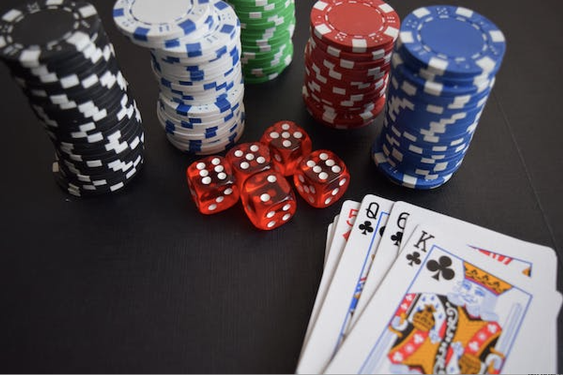Sometimes they sound like so much Hollywood hype. But sometimes they can tell you what you need to know when combined with a solid analysis of your opponent's betting pattern and the skillful use of position.
At the 2006 L.A. Poker Classic, with the blinds at $50-$100, the player under the gun raised to $300. Bill Edler, who made two final tables in $10,000 buy-in events in the six months before this event after winning two tournaments at the Ultimate Poker Classic in the summer of 2005, called with A-9 of clubs on the button. The blinds also called.
The flop came 6-7-8, all diamonds. The blinds checked. The original raiser bet a modest $200 into a scary board. Edler called, and the blinds folded.
“When someone bets so little, they're either naked or loaded,” Edler says. “A $200 bet into three players with three diamonds out there is not much. So you can call with position, and he'll tell you if he has anything.”
The turn came the 4 of hearts, helping the straight draw. Edler's opponent checked. Edler bet $600 and won the pot when his opponent mucked without showing his cards.
“He checked, and the way he checked was, ‘I took a stab at it on the flop and I had nothing,'” Edler says. “I wish I could show you, but the way he looked, it told me he had nothing. I've seen that from players before – ‘I give up.' I made the bet because he's going to have to have something to call me.”
Edler was able to use his position in this hand to evaluate his opponent's body language and his betting pattern, specifically the small bet on the all-diamond flop.
“People might've taken one off with the king of diamonds there,” Edler says. “He bet too little on the flop. A bigger bet, and I would've folded.”
Notice how Edler comes back to the betting pattern. For all the physical reads that might be available to you, it's the amount of the bet in context that you need to respond to, a skill that can play to the strength of Internet players when they sit down to a live game.
“Those of us who play a lot on the Internet really pay attention to betting patterns because that's what you can see,” Edler says. “There are a couple things you can see: how quickly people bet and exactly the amount that they choose to bet. Those are the two things you learn from the Internet. The physical tells, you don't learn at all.
“A lot of my game is analyzing why he chose exactly that amount. Sometimes it gets me in trouble, but it's a big part of my poker game. The best players, unfortunately, are good at randomizing that.”



